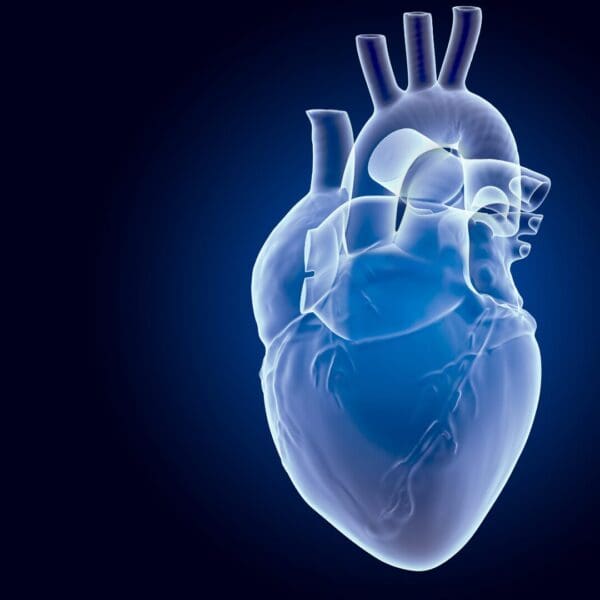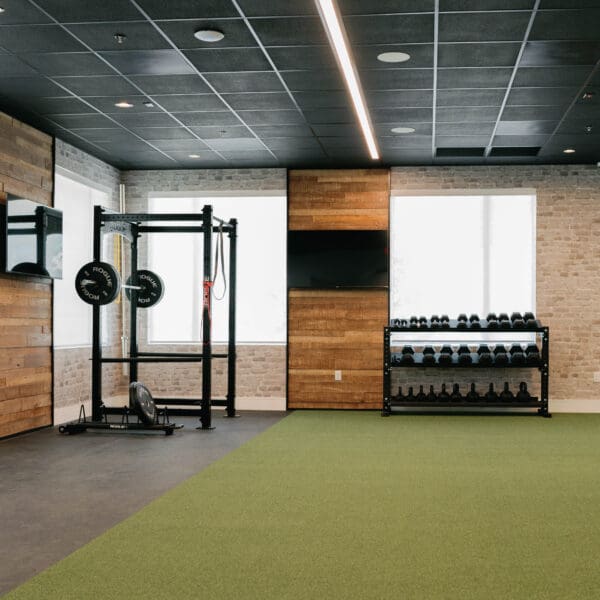Exercise is a critical pillar in any anti-aging and longevity-focused program. But what you may not know is that a balanced fitness routine that combines both aerobic and anaerobic fitness will provide the most benefit for your overall life and health span. A recent article in MindBodyGreen illustrates this point by exploring the aerobic/anaerobic connection with a remarkable new study.
Here’s a quick primer if you’re not sure of the difference:
Aerobic exercise is low-impact, sustained activity like brisk walking, cycling or swimming that builds cardiovascular health and endurance.
Anaerobic exercise involves short bursts of high-intensity movements like sprinting, lifting weights, and plyometrics that enhance muscular strength and power. You may have heard of this type of training referred to as HIIT (High Intensity Interval Training).
The Breakdown
While both forms of exercise offer unique benefits, the article notes that a combination is ideal for most goals like fat loss, heart health, mood, and longevity. Experts recommend doing aerobic activity 3-4 days per week for at least 30 minutes and anaerobic exercise 2-3 days per week for a minimum of 20 minutes. A sample schedule combines jogging, resistance training, yoga, and HIIT over a week.
HIIT workouts can further boost endurance but be careful not to overdo intense workouts, which may lead to burnout or injury. Also, be sure to balance those workouts with lower-intensity aerobic activity to build an endurance base and proper rest for recovery.
A balanced fitness plan should incorporate aerobic and anaerobic elements tailored to individual needs and goals. In fact, I personally follow such a plan, which I shared recently in a blog post titled, ‘Why I’ve Traveled 5,000 Miles on My Elliptical’.
For further proof, here are some of the critical physiological pathways and processes stimulated by aerobic and anaerobic exercise:
Aerobic Exercise
1. Activates cardiovascular pathways – Increases heart rate, cardiac output, and blood circulation to enhance oxygen delivery and use.
2. Stimulates mitochondrial biogenesis – Aerobic activity triggers the creation of new mitochondria, the “powerhouses” that generate cellular ATP.
3. Improves respiratory pathways – Enhances lung capacity and efficiency of oxygen exchange and CO2 removal.
4. Activates lipid metabolism – Mobilizes stored fats for energy use; over time, enhances fat-burning pathways.
5. Influences hormone regulation – Stimulates release of endorphins and other hormones; reduces stress hormones like cortisol.
Anaerobic Exercise:
1. Activates fast-twitch muscle fibers – Recruits fast glycolytic fibers for powerful muscular contractions.
2. Boosts anaerobic glycolysis – Generates ATP energy rapidly through anaerobic metabolism when oxygen is limited.
3. Increases lactic acid buffering – Adapts muscle cells to handle lactic acid, a byproduct of intense activity.
4. Stimulates muscle protein synthesis – Triggers mTOR and other pathways to build contractile proteins like actin and myosin.
5. Elevates anabolic hormones – Increases growth hormone, testosterone, and IGF-1 to enhance muscle growth.
The combination of aerobic and anaerobic exercise provides a comprehensive stimulus for critical body systems and processes related to overall health, performance, and longevity.There are a variety of modalities in our office that can supplement exercise, increase its effectiveness and enhance recovery, from contrast therapy to our infrared sauna.














